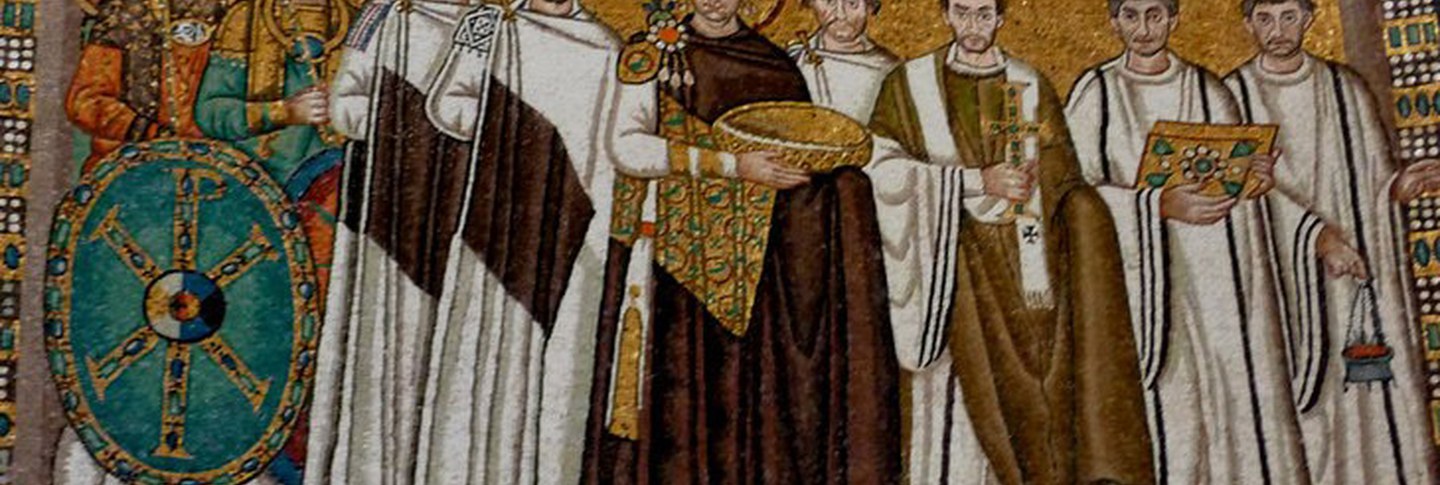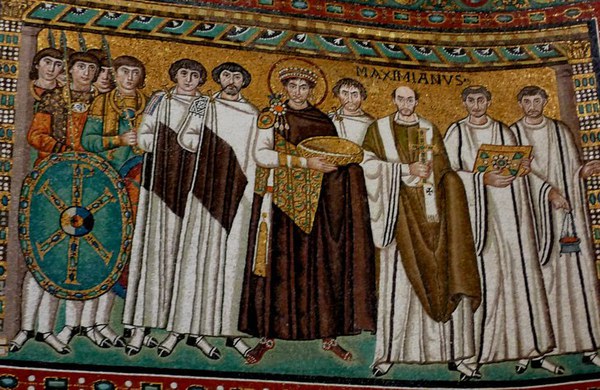Roman art in the period between Augustus and Justinian follows a formal trajectory that moves from “naturalism” to “abstraction.” This formal shift is, in turn, symptomatic of a larger change in cultural orientation, one that is understood to abandon the corporeal and the rational in favor of the incorporeal and the spiritual. The lecture will begin by identifying the origin of the equation of naturalism with rationality and abstraction with spirituality in the critical and historiographic traditions of the early twentieth century. From there, it will explore the ways in which this intellectual construct has guided the modern evaluation and understanding of late antique art. Finally, it will consider the possibility of an alternative critical language, one rooted in the late antique vocabularies of rhetoric and literary criticism, with the aim of suggesting how the use of such terminology might shape new understandings of late antique art and visual experience.
Sarah Bassett is associate professor of medieval Mediterranean art in the Department of the History of Art at Indiana University. Her research focuses on the art and architecture of the late antique and Byzantine worlds. She is the author of The Urban Image of Late Antique Constantinople (2004), a study of the reuse of ancient sculpture for public display in the early Byzantine capital. Other publications include articles in the American Journal of Archaeology, the Art Bulletin, Artibus et Historiae, Dumbarton Oaks Papers, and Greek, Roman and Byzantine Studies. Her current work investigates purpose-made honorific sculpture in Constantinople, early Christian icons, and the use and understanding of style in late antique art. She has received support for this work from the American Research Institute in Turkey, Dumbarton Oaks, and the National Endowment for the Humanities.

